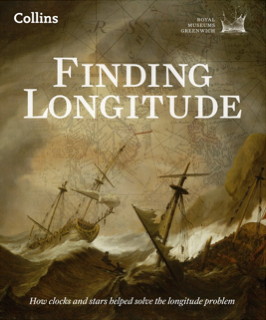Jim Bennett, author of the new book, Navigation: A Very Short Introduction (Oxford University Press), reassesses the history of John Harrison and his marine chronometer solution to the longitude problem, a story that has been popularized by Dava Sobel’s 1995 bestseller, Longitude (reviewed here).
It is difficult to claim without important qualification that Harrison solved the longitude problem in a practical sense. In the broad sweep of the history of navigation, Harrison was not a major contributor.
The Harrison story seems to attract challenge and controversy. The longitude exhibition at the National Maritime Museum in 2014 was an attempt to offer a more balanced account than has been in vogue recently. The Astronomer Royal Nevil Maskelyne, for example, has been maligned without justification. A recent article in The Horological Journal takes a contrary view and offers ‘An Antidote to John Harrison’, and we seem set for another round of disputation. From a historian’s point of view, one of the casualties of the enthusiasm of recent years has been an appreciation of the context of the whole affair, while a degree of partisanship has obscured the legitimate positions of many of the characters involved. There is a much richer and more interesting story to be written than the one-dimensional tale of virtue and villainy.

